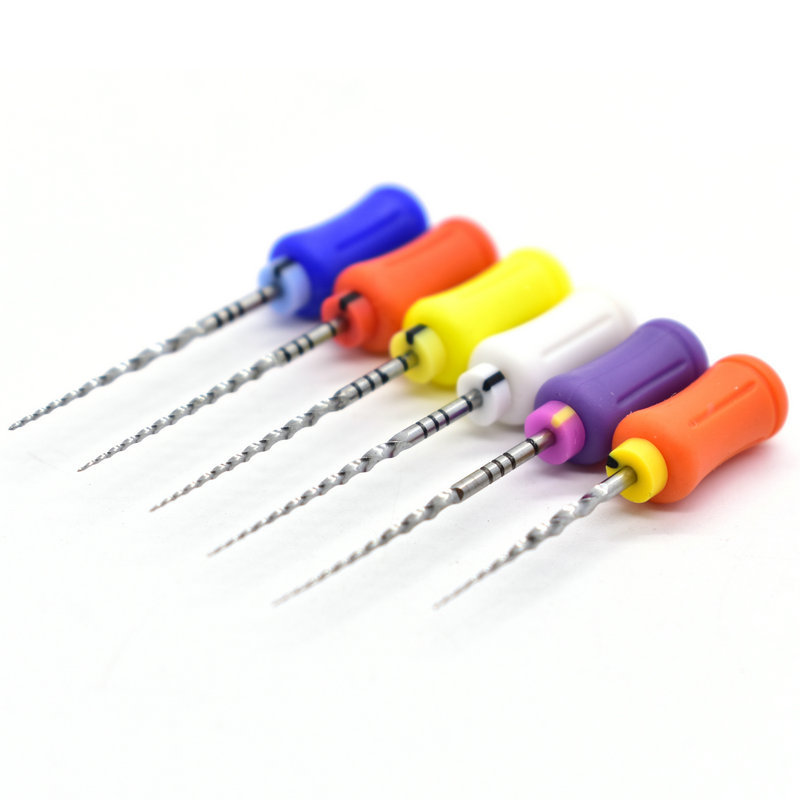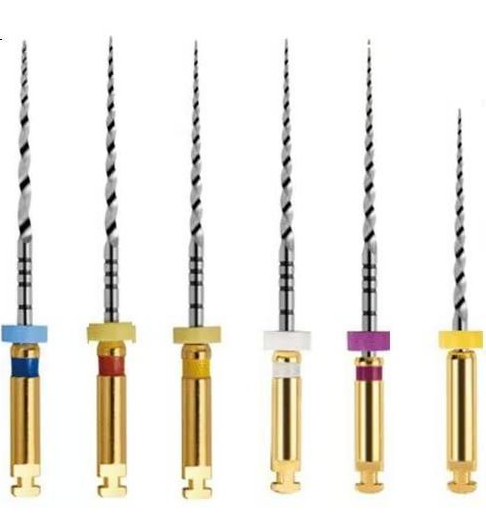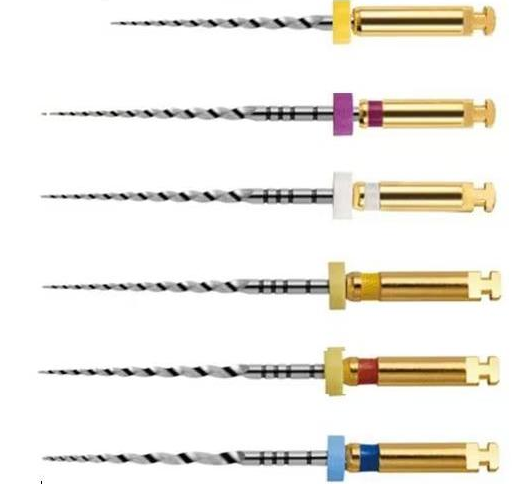Manual files rely on hand control for pressure and angle, ideal for narrow or curved canals, while rotary files offer higher efficiency but require motorized devices.
What is the important role of manual files in dentistry
Manual files play a critical role in endodontics, serving as essential tools for cleaning and shaping root canals during treatment. Compared to rotary files, manual files allow dentists to have tactile control over the pressure and angle applied within the canal, aiding in the removal of necrotic tissue and bacteria while preserving canal integrity. This reduces the risk of treatment failure and enhances the quality of root canal preparation. Various types, such as K-files and H-files, can be chosen based on canal anatomy to facilitate effective irrigation and shaping. Manual files are particularly useful in narrow, curved, or complex canals, offering flexibility and reducing the risk of perforation or file breakage. For dental professionals, manual files remain a reliable aid to achieve precise cleaning and preparation, ensuring safer and more effective endodontic procedures.




